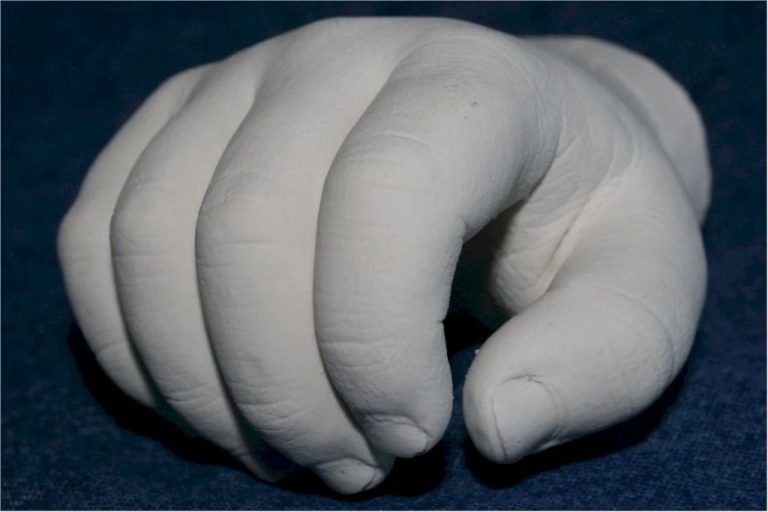What Do 2 Turtle Doves Represent?
Two turtle doves have rich symbolism and meaning across many cultures, religions, and throughout history. Most commonly, the pair of doves represents love, fidelity, and partnership. Their closeness as a mating pair and tendency to never leave each other’s side led to this association. The dove as an individual symbol is closely tied to peace, devotion, purity, and communication with the divine. When found together as a harmonious pair, two turtle doves deepen and amplify the meaning of faithfulness, fertility, and prosperous bonds.
In many traditions ranging from Ancient Greek myths to the Bible, seeing two doves together communicates a profound spiritual message. The paired doves carry divine blessings of fruitfulness, prosperity, and new beginnings. Their cooing calls signify the presence of divinity and God’s grace. Throughout the ages, literature, songs, and wedding customs have drawn on the turtle dove’s strong and affectionate partnership as a powerful emblem of ideal love between two people. Their closeness inspires humans to nurture gentle, loving, and committed relationships.
Biblical Origins
The tradition of two turtle doves as a romantic gift comes from the Bible. In the Old Testament, turtle doves were used as offerings by the poor and were sacrificed by Mary and Joseph after the birth of Jesus (https://www.biblestudytools.com/dictionary/turtle-turtle-dove/).
In the Song of Solomon, turtle doves are mentioned as a symbol of devoted love between two people, often interpreted as referring to Christ and the church (https://answersingenesis.org/birds/turtle-dove/). The turtle dove’s peaceful, devoted nature made it an appropriate sacrifice to God.
The name “turtle dove” comes from the bird’s soft purring sound and rounded appearance. Because they mate for life, two turtle doves represent fidelity and lifelong partnership. This enduring love and sacrifice is why two turtle doves were incorporated into the 12 days of Christmas as the gift on the second day.
Gift Giving
The giving of two turtle doves relates to several gift giving traditions. In the Bible, Mary and Joseph offered two turtle doves as a sacrifice after the birth of Jesus, as mentioned in Luke 2:24 (https://biblehub.com/commentaries/luke/2-24.htm). This was allowed as a substitute for the sacrifice of a lamb, since Mary and Joseph were poor. The two turtle doves thus symbolized a humble gift.
Later, the song “The Twelve Days of Christmas” popularized giving gifts on each of the twelve days after Christmas. In the song, the gift for the second day is “two turtle doves.” Giving two turtle doves as a Christmas gift became a tradition representing perfect love and an appropriate gift from a suitor.
Overall, giving a pair of turtle doves symbolizes devotion, friendship, and sacrificial love. The gift marks an intimate bond between giver and recipient. Although less common today, two turtle doves remain a meaningful gift connected to biblical history and Christmas traditions.
Love and Fidelity
2 turtle doves have long represented love and fidelity. The reference is found in both religious writings and cultural traditions. The Old and New Testaments of the Bible mention turtle doves on multiple occasions as representations of devoted love between two people.
In the Biblical book Song of Songs, for instance, there is a line that states, “My lover is radiant and ruddy, outstanding among ten thousand. His head is purest gold; his hair is wavy and black as a raven. His eyes are like doves by the water streams, washed in milk, mounted like jewels.” (Source) The comparison to doves represents the devoted love between two romantic partners.
Similarly, in the 12 Days of Christmas song, 2 turtle doves directly symbolize the strong bond between lovers: “My true love gave to me, two turtle doves and a partridge in a pear tree.” The 2 turtle doves gift represents the hope that the couple will remain harmoniously in love. Just as doves mate for life, the turtle doves wish fidelity upon the relationship. (Source)
Peace and Harmony
Turtle doves have long been used as a symbol of peace, love, and harmony between two people or groups. This symbolism draws from the biblical story of Noah’s ark, where a dove was released by Noah to find dry land after the great flood (Genesis 8:8-12). The dove returned with an olive leaf in its beak, indicating the waters had receded and land was visible again. Since then, the dove has been viewed as a harbinger of hope, peace, and renewal.
Specifically, a pair of turtle doves represents peace between two parties, as well as faithfulness and devotion between lovers or marriage partners. We see this in the traditional Christmas song “The Twelve Days of Christmas,” where the gift on the second day is “two turtle doves.” Sending a pair of doves was considered an overture of peace and reconciliation. The presence of two doves together reinforces the meaning of harmony, unity, and living in agreement with one another (Source 1).
In many cultures and faiths, releasing doves symbolically represents the hope for resolution of conflict and a peaceful future ahead. White doves especially signify hope, promise, and new beginnings. Turtle doves flying together or perched side-by-side evoke feelings of commitment, loyalty, and compromise between two entities (Source 2). Their symbology speaks to the ideal of living in agreement and harmony with others.
In Religion
The symbolism of two turtle doves has roots in Christianity, specifically in relation to the nativity story. In the Bible, a pair of turtledoves was sacrificed by Mary and Joseph during Mary’s purification after giving birth to Jesus (Luke 2:22-24). This was because the turtledove was considered the affordable sacrifice for those who could not afford a lamb.
The two turtle doves came to represent the Old and New Testaments. In the song “The Twelve Days of Christmas,” the lyric “two turtle doves” refers to the Old and New Testaments as gifts from God. The turtle dove itself also symbolized peace, love, and fidelity within the Christian tradition.
In Judaism, turtledoves were used in sacrifice rituals. After childbirth, Jewish law required Mary to provide a burnt offering of a lamb or if she was poor, two turtledoves or two young pigeons (Leviticus 12:6-8). The turtledove represented sacrifice, purification, and God’s provision.
Within Islam, a pair of green birds, often interpreted as two turtle doves, play a role in Muslim eschatology around Judgement Day. They are said to shield and advocate for people who have faith.
In Literature
The turtle dove has been referenced in famous works of literature and poetry to represent devoted love or a partnership between two people. In Shakespeare’s romantic tragedy Romeo and Juliet, Romeo refers to Juliet as a “turtle dove” as a term of endearment comparing her to the loving turtle dove (Source 1). Similarly, the turtle dove is mentioned in Shakespeare’s comedy Love’s Labour’s Lost when the King compares his beloved to a gentle turtle dove.
The metaphysical poet John Donne wrote the poem “The Phoenix and the Turtle” about the love between a phoenix and a turtle dove. It explores the death of ideal love using the turtle dove as a symbol of devotion (Source 2). In Alfred, Lord Tennyson’s poem “The Dying Swan”, the narrator compares his departing lover to a dying swan joined by two turtle doves, representing the narrator and his enduring love.
In Art
Two turtle doves have been a popular subject of artistic depiction throughout history. They symbolize devoted love and partnership, and can often be found in artworks like paintings, drawings, prints, and sculptures that focus on romantic or spiritual themes.
Some examples include Renaissance paintings that show two turtle doves accompanying marriage scenes or images of Venus. Many Christmas-themed artworks also incorporate turtle doves, either perched together or given as a romantic gift. Stained glass windows in churches sometimes feature turtle doves as emblematic of peace, fidelity, and the holy spirit.
More abstract or minimal art may contain just two dove shapes or silhouettes to represent the purity and simplicity of devoted love. Sculptures and ornaments of two turtle doves especially capture their symbiotic partnership and loyalty. Overall, artists through the ages have recognized the turtle dove’s significance, and have featured these birds prominently in artworks celebrating affection, partnership, spirituality and more.
In Popular Culture
For example, the English rock band The Beatles included “two turtle doves” in the lyrics of their hit Christmas song “The Twelve Days of Christmas,” released in 1968. The song lists various gifts given over twelve days, culminating with twelve drummers drumming. On the second day, the lyric is “Two turtle doves and a partridge in a pear tree.”
In the 1992 holiday film Home Alone 2: Lost in New York, Kevin meets a kind, elderly woman who gives him a set of ornamental turtle doves and explains that they symbolize friendship. This emphasizes the dove’s connotation of faithfulness, harmony, and caring for one another.
The long-running TV sitcom Cheers also featured an episode titled “Two Turtle Doves” in 1996. The plot revolved around fidelity, with one character struggling with desires for an affair despite being in a committed relationship.
Overall, the pairing of turtle doves continues to appear in modern culture, evoking traditional symbolism while taking on new meaning in songs, shows, and stories.
Conclusion
In conclusion, two turtle doves have endured as a meaningful symbol of love, fidelity, peace, and harmony for centuries. Their biblical origins represent the Old and New Testaments, but their symbolism has expanded to represent all manner of loving relationships. The gentle cooing and affectionate nature of a mated pair of doves inspired their inclusion in the 12 Days of Christmas song as the ideal gift for the second day. Their peaceful presence has been depicted frequently in religion, literature, art, and popular culture. Two turtle doves ultimately represent devotion, constancy, and the joy of a romantic partnership, making them an endearing symbol that continues to capture the human imagination.




